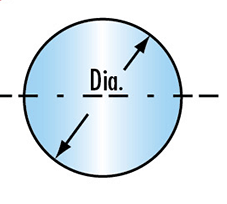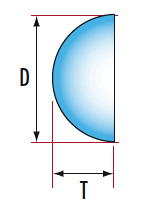Pps is a white powder with an average molecular weight of 0.4-0.5 million and a density of 1.3-1.8 grams per cubic centimeter. pps has a very interesting thermal property. pps is a white powder with an average molecular weight of 0.4-0.5 million and a density of 1.3. -1.8 grams per cubic centimeter, pps have very deliberate thermal properties. The thermal performance index enhanced by glass fiber is higher, its maximum continuous use temperature is up to 400 degrees, the thermal stability of pps is excellent, the weight loss is not obvious when heated to 500 degrees, and it will completely degrade when it is 700 degrees. The mechanical properties decrease little with the increase of temperature. After 5,000 degrees of heat aging for 5000 hours, the flexural strength and tensile strength can be maintained above 50%. The tensile strength and flexural strength of pps are moderate in engineering plastics, but the elongation and impact strength are very low. Therefore, the use of pps in the stressed members is usually added with additives such as glass fiber, carbon fiber, filler, etc. To enhance its mechanical properties, pps through this modification, the main mechanical properties, such as tensile properties, bending resistance, compression and impact strength have been greatly improved, elongation has decreased, modified pps plastic The raw material can maintain high mechanical properties and dimensional stability under the action of long-term load and heat load, and thus can be applied to a high temperature environment.
The dielectric constant of pps plastic raw material is very small, the dielectric loss is quite low, the surface resistivity and volume resistivity are not sensitive to changes in frequency, temperature and humidity. It is an excellent electrical insulating material, and its resistance to electric fox is also longer. The chemical stability of pps is quite good. Besides being attacked by strong oxidizing acids such as concentrated sulfuric acid, concentrated nitric acid and aqua regia, it is not attacked by most acid-base salts and has chemical stability close to that of PTFE. When it is less than 175 degrees, it is insoluble in any known organic solvent, and pps does not crack plastic parts when it is in contact with common organic solvents.
Since the molecular chain is composed of alternating benzene rings and sulfur atoms, pps itself has a flame retardant effect, and UL-94-VO level can be achieved without adding a flame retardant. Its limiting oxygen index can reach 44%-53%, similar to pvc, it is a self-extinguishing plastic, pps is also very stable to ultraviolet rays, rays, etc., and does not stick or decompose on the surface when irradiated.
The main disadvantages of pps are poor toughness, low impact strength, and insufficient melt viscosity.
This article is reproduced from the plastic raw materials http://yuancailiao.pvc123.com/ Please indicate the source
Http://news.chinawj.com.cn Editor: (Hardware Business Network Information Center) http://news.chinawj.com.cn
Ball lenses Spherical ball lenses are commonly used for laser collimating and focusing, laser-to-fiber coupling, fiber-to-fiber coupling, and fiber-to-detector coupling. Larger spheres are easier to handle and ease the sensitivity of translational alignment. However, smaller spheres fit into smaller packages.
Sapphire and Ruby ball lenses are both made from Al203. Ruby or Ruby-Doped sapphire owes its red color to traces of chromium oxide (chromium content for ruby balls is typically >0.5%). While their physical and chemical properties are basically the same, their optical properties are somewhat different. Sapphire has superior optical transmission qualities. Ruby Balls are easier to see and therefore easier to handle for physical applications.


Ball Lens Half-Ball Lens
Specification of our ball lens:
*Material:BK7 or other optical glasses,optical crystal materials
*Diameter:1mm - 40mm
*Dimension Tolerance:+/-0.005mm
*Surface Quality:40-20
*Sphericity:0.005mm
*Coating:optional
Sapphire Ball Lens,2 Mm Sapphire Ball Lens,Sapphire Half-Ball Lens,Sapphire Glass Ball Lens
China Star Optics Technology Co.,Ltd. , https://www.csoptlens.com
